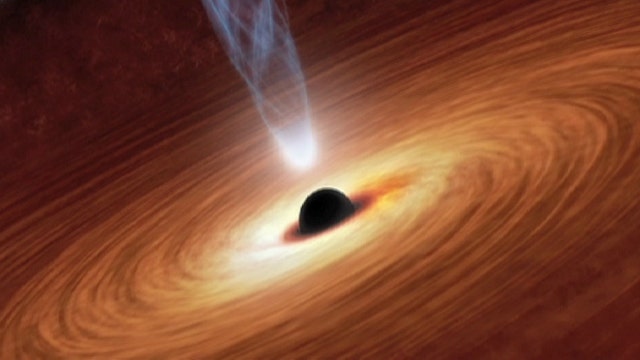Black hole 12 billion times bigger than sun spotted
A team of researchers has located the biggest and brightest black hole in the early universe
The discovery of a gargantuan black hole 12 billion times more massive than the sun is casting a shadow of doubt on theories of black hole formation in the early universe.
An international team of collaborators from Peking University in China and the University of Arizona announced their discovery in a February edition of the scientific journal ‘Nature’.
The brightness and the size of the quasar, in correlation with its age, have inspired more questions than answers.
“It’s sort of like when you look at a person that is the size of a giant. But when you look at his age, it’s only an infant… it certainly tells us that we don’t quite know how the universe can form such massive objects so quickly,” said study co-author and University of Arizona professor Xiaohui Fan.
We often don’t think of black holes as being bright, but they are.
“Through the process of black holes sucking things in, right before they disappear into the black hole never to be seen again… these things have a tremendous amount of friction, and that emits a lot of light. So that’s what 'quasars' are,” explained Fan.
But this quasar was emitting so much light- the equivalent of 420 trillion suns to be exact- members of the team couldn’t believe their eyes.
“In the beginning, we didn’t believe this object was a quasar because it was simply too bright. Our theory didn’t really tell us that such bright objects or such massive objects could’ve existed when the universe was just starting as a baby,” Fan told Fox News.
Scientists in China first spotted the object, named SDSS J0100+2802. It formed early in the history of the universe, located at a distance of 12.8 billion light-years from Earth.
"It was originally discovered by a relatively small sized telescope in China... then we used much bigger telescopes in Arizona, Chile and Hawaii to take much better data and characterize how far away it is, how massive it is," said Fan.





















